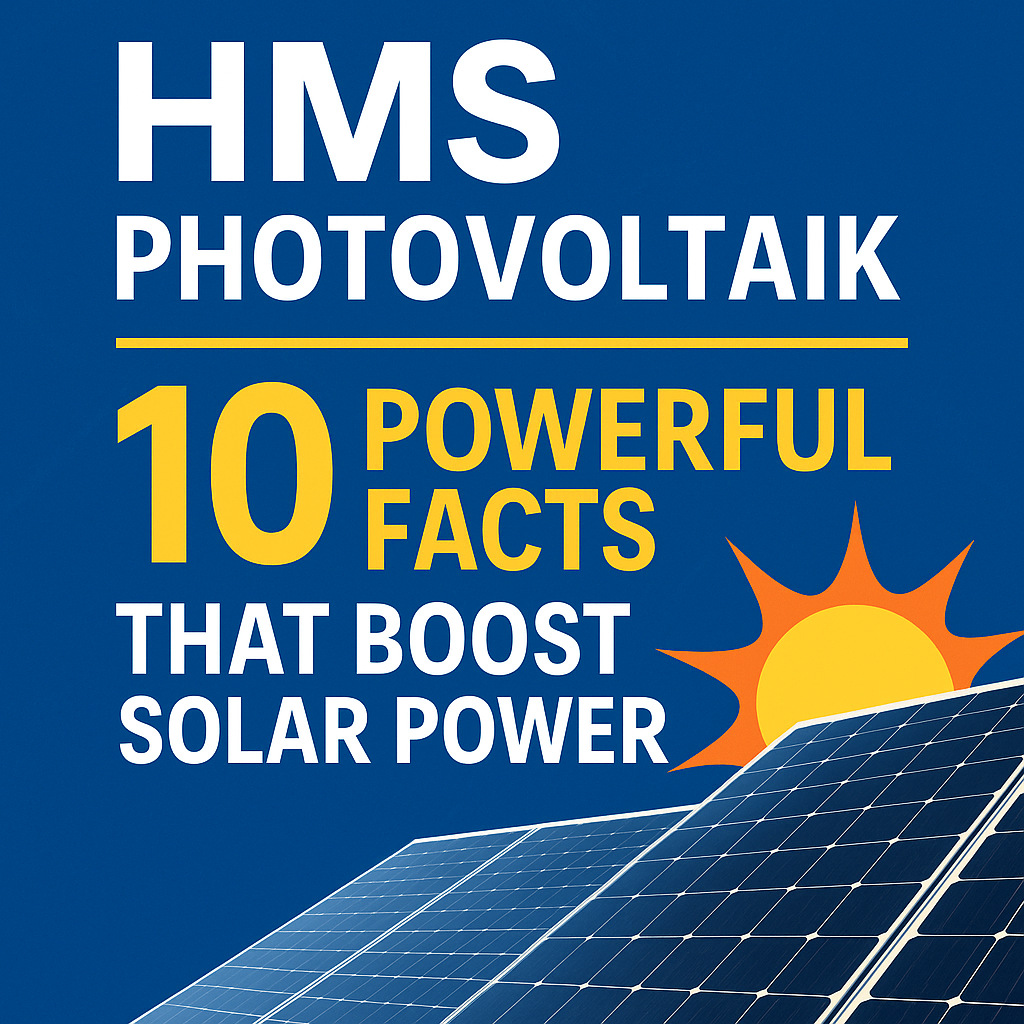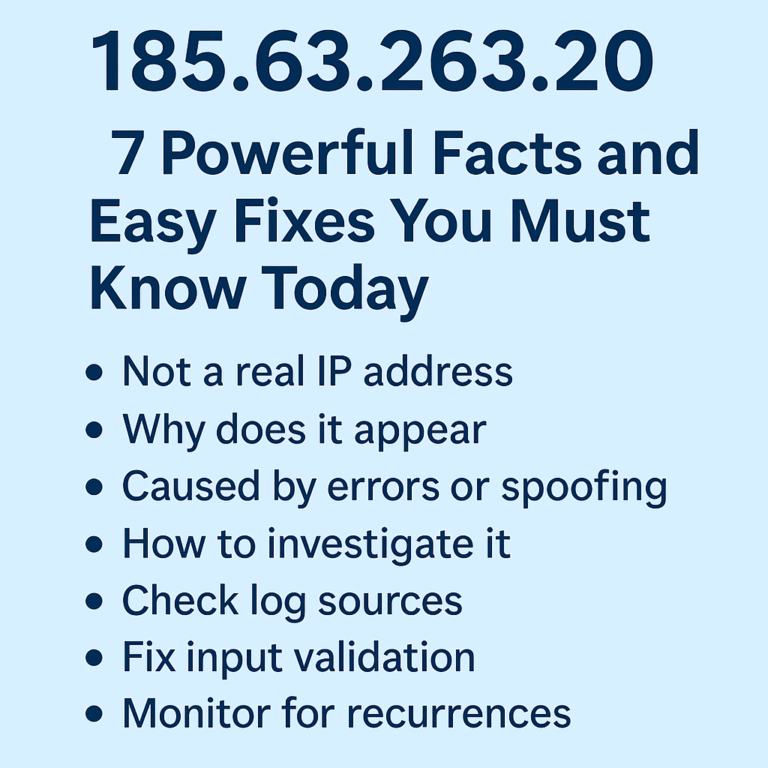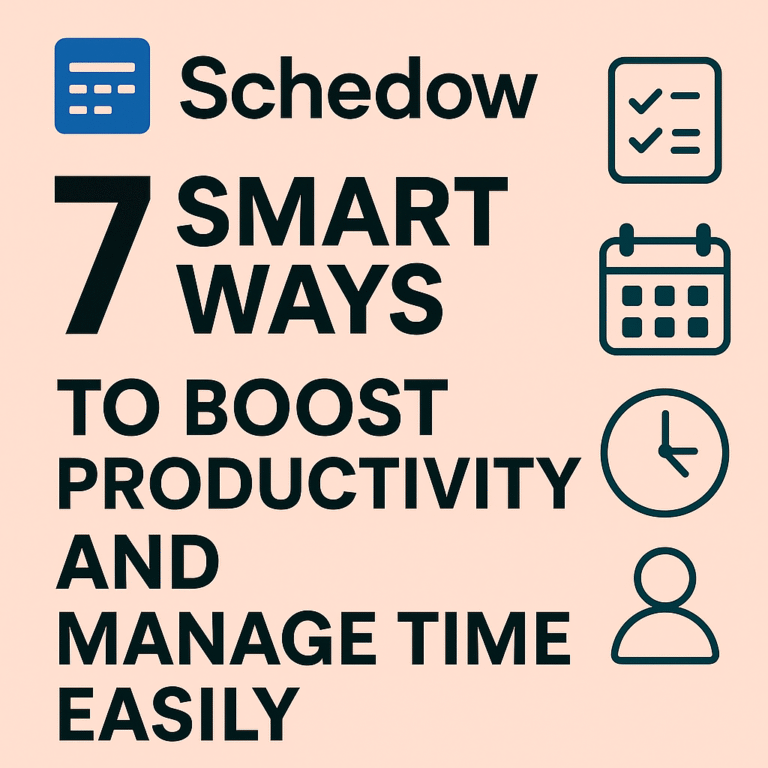HMS Photovoltaik Simple Guide to the Hoymiles Microinverter System
HMS Photovoltaik is a modern solar technology that uses microinverters to get the best power from each solar panel, the term HMS usually refers to the Hoymiles HMS microinverter series, these small devices change direct current from solar panels into alternating current for home or grid use, they make solar systems safer, smarter, and more efficient, this guide explains what HMS means, how it works, why it is useful, and how to set it up
What is HMS Photovoltaik
The word HMS has two meanings in the solar market
- Hoymiles HMS Series: This is the most common meaning. HMS stands for the Hoymiles microinverter product line.
- Solar Companies Named HMS: Some solar firms in Germany and Austria use the name HMS Photovoltaik as their brand.
In this article HMS Photovoltaik means the Hoymiles HMS microinverter system
A microinverter is a small device that connects to one or two solar panels, it changes the DC power from a panel into AC power directly on the roof, this system lets each panel work at its best level without being limited by others
How the HMS System Works
Traditional solar systems use one large inverter for many panels, if one panel has shade or dust the whole string loses power, the HMS system uses one microinverter per panel or per two panels, this means each panel works alone and gives its own maximum output
Main points
- Every panel has its own power control
- The inverter uses MPPT technology to find the best voltage and current
- It runs at low DC voltage so the system is safer
- It sends data wirelessly to a monitoring unit
- The conversion efficiency reaches about 96 to 97 percent
This design helps create higher total output and longer life for the system
HMS Product Range
Hoymiles offers many HMS models, the number shows how many panels each unit connects to and how much power it produces
| Model Name | Panels Per Unit | Max Output Power | MPPT Voltage Range | Communication Type | Protection Level |
|---|---|---|---|---|---|
| HMS 350 to 500 1T | One panel | 300 to 500 watts | 16 to 60 volts | Sub 1G wireless | IP67 |
| HMS 600 to 1000 2T | Two panels | 600 to 1000 watts | 16 to 60 volts | Sub 1G wireless | IP67 |
| HMS 1600 to 2000 4T | Four panels | 1600 to 2000 watts | 16 to 60 volts | Sub 1G wireless or LAN | IP67 |
All HMS models have
- Maximum DC voltage around 65 volts
- Temperature range from minus 40 to plus 65 degrees Celsius
- Compliance with European safety standards
- Aluminum body with passive cooling
These features make the units reliable in almost any weather.
Key Benefits of HMS Photovoltaik
More Energy Production
Each panel works at its own best level, if one panel is shaded it does not affect the rest, you can gain up to 30 percent more energy compared to a string system in mixed light conditions
Safer Operation
The DC voltage on the roof stays low, this reduces fire risk and makes maintenance safer, the IP67 design protects the unit from water and dust
Easy Expansion
You can start small and add more panels later, each microinverter connects easily with new panels, this makes the system flexible for future growth
Smart Monitoring
HMS systems work with the S Miles Cloud platform, you can check performance for each panel on your phone or computer, it shows live data such as voltage current and daily power
Long Life and Low Maintenance
The microinverter has no moving parts or fan, this reduces wear and noise, hoymiles offers up to 25 years of warranty which shows strong reliability
Where to Use HMS Photovoltaik
HMS systems fit many kinds of buildings and setups.
Home and Small Roof Systems
Perfect for homes that want to save energy and reduce grid use, each roof part can have its own microinverter
Balcony Solar Kits
Small HMS units such as HMS 450 or HMS 600 are ideal for plug and play balcony solar systems,
they are light easy to install and safe
Medium Roofs
Good for houses with different roof directions or partial shading, each inverter optimizes the panels separately.
Commercial Installations
HMS 4T models can handle up to four panels each, this reduces cable work and improves monitoring for large roofs
Steps to Plan an HMS System
A well planned system gives the best results
Step 1 Check the Location
- Measure roof space and direction
- Look for shadow from trees or buildings
- Use an online tool or installer to estimate yearly power
Step 2 Choose the Panels
- Pick modules that have open circuit voltage below 65 volts
- Use panels that match in power output
- Choose Tier 1 brands for better warranty
Step 3 Select the Right HMS Model
- One panel systems use HMS 1T
- Two panel systems use HMS 2T
- Large roofs can use HMS 4T
Step 4 Plan the Installation
- Decide where each inverter will sit under the panel
- Plan cable routes to the AC line
- Use proper fuses and safety switches
Step 5 Connect the Monitoring Device
- Install the DTU gateway near the router
- Pair each inverter with the DTU
- Register the system on the online platform
Step 6 Inspect and Maintain
- Check the system visually every few months
- Watch for warning messages in the app
- Clean panels when needed to keep high output
Economic Benefits
An HMS system can save a lot of money over time, higher energy yield means faster payback, you also gain freedom from rising electricity prices
Example Estimate
| Parameter | Value | Description |
|---|---|---|
| System Size | 3 kilowatts | About six 500 watt panels |
| Inverters | Three HMS 1000 2T units | Two panels per unit |
| Annual Power | 3200 kilowatt hours | Normal condition |
| Self Consumption | 70 percent | Used in the house |
| Power Price | 0.32 euro per kWh | Average in Germany |
| Annual Saving | 715 euro | Based on usage |
| Payback Time | Around 8 years | Varies by region |
After the payback period your solar power is almost free, with a lifespan of 20 to 25 years you enjoy many years of clean energy and savings
Safety and Standards
Hoymiles builds the HMS line to meet all major safety codes
Main protections include:
- Over voltage protection
- Short circuit protection
- Ground fault monitoring
- Anti islanding safety
- Thermal shutdown when too hot
Standards met by HMS devices
- VDE AR N 4105
- EN 50549 1
- IEC 62109
- IP67 protection rating
Installation safety tips:
- Always turn off power before connecting cables
- Mount inverters on strong metal rails
- Keep the units clear of standing water
- Use certified AC trunk cables and sealing caps
- Hire a qualified electrician for grid connection
Following these steps keeps your system safe and long lasting.
Advantages for Installers
Installers also benefit from using HMS systems
- Fast installation time due to plug and play setup
- Less fault searching thanks to module level data
- Smaller storage needs because one model fits many cases
- Easy expansion for clients who start with a small system
- Fewer service calls because of durable design
Many professional installers combine HMS inverters with batteries and wall chargers to make full smart home energy systems
The Future of HMS Photovoltaik
HMS technology continues to grow fast, hoymiles is working on smart features that make solar energy even more flexible and connected
Upcoming features include:
- Dynamic control of power to follow grid demand
- Easy link with hybrid battery systems
- Automatic alerts for maintenance
- Cloud based performance analysis
- Carbon footprint tracking for users
These functions will turn a normal PV system into a smart energy network that manages power use more efficiently
Frequently Asked Questions
What does HMS mean?
It means Hoymiles Microinverter System, it is a product name for microinverters made by Hoymiles
Can I use HMS for a balcony system?
Yes. Small HMS models are very popular for plug and play balcony solar setups
Do I need a DTU monitoring unit?
Yes. It collects all inverter data and sends it to the cloud, without it you cannot track performance
What is the efficiency level?
It is about 96 to 97 percent depending on the model
How long do HMS inverters last?
They are designed for 20 to 25 years and come with up to 25 years of warranty
Can I mix panels with different power?
It is better to use panels with the same power rating for stable output
How much maintenance is needed?
Very little. Just clean the panels and check the monitoring app from time to time.
Conclusion
HMS Photovoltaik is a strong step forward for solar energy, it combines safety flexibility and smart control in one system if you want a simple clean and reliable way to produce your own solar energy the HMS system is a great choice, it fits homes small businesses and even balcony solar kits, you save money create your own power and help protect the environment at the same time







